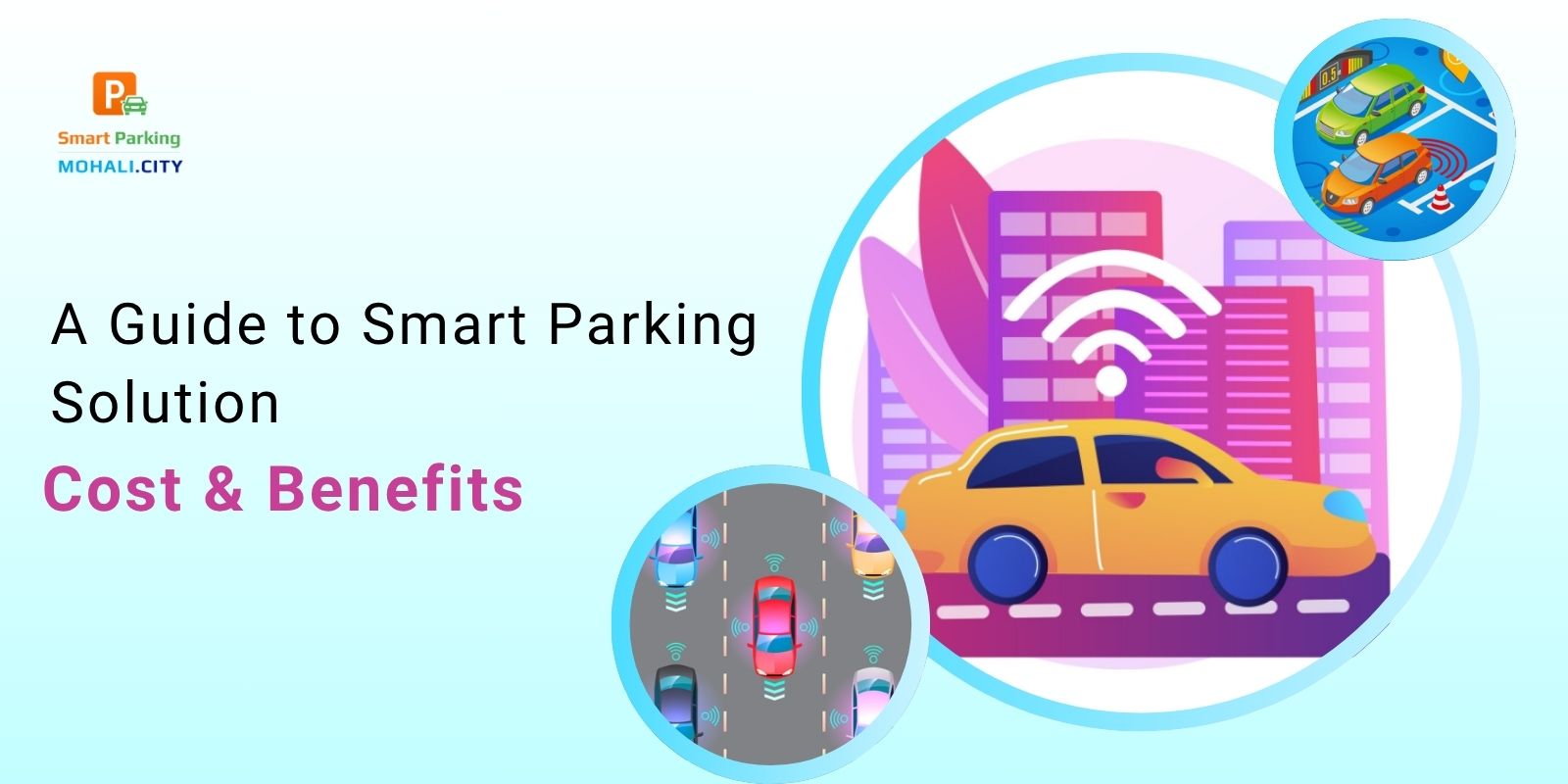Parking has long been a challenge in urban and commercial areas, often causing frustration for drivers and inefficiencies for parking operators. With the rapid advancement of technology, smart parking solutions have emerged as a transformative approach to address these challenges by leveraging IoT, AI, and data analytics. This guide explores what smart parking solutions are, how they work, their costs, and the numerous benefits they bring to drivers, operators, and cities.
What Is a Smart Parking Solution?
A smart parking solution is an IoT-powered system designed to optimize the use of parking spaces by providing real-time information about parking availability, facilitating easy payments, and enhancing overall parking management. It typically involves the use of sensors, cameras, and software applications that communicate with drivers and parking operators to streamline the parking experience.
Key Components of Smart Parking Systems
Sensors and Cameras:These devices detect whether parking spots are occupied or free. Sensors can be embedded in the ground or mounted overhead, while cameras use image recognition to monitor multiple spaces simultaneously.
Mobile and Web Applications:Drivers use apps to check real-time parking availability, reserve spots in advance, and make payments.
Dynamic Signage:Digital signs at parking lot entrances display live information on available spaces, helping drivers decide whether to enter or seek alternatives.
Cloud Servers and Data Analytics:Data collected by sensors and cameras is processed and stored in the cloud, enabling operators to analyze usage patterns and optimize parking management.
Payment Systems:Integrated digital payment gateways allow for seamless cashless transactions through apps or kiosks.
How Does Smart Parking Technology Work?
Smart parking systems function through a combination of hardware and software:
Detection:Sensors or cameras monitor parking spots and send occupancy data to a central cloud server.
Data Processing:The system processes real-time data to determine which spaces are available.
User Interaction:Drivers access this information via apps or digital signs, enabling them to find and reserve parking spots.
Payment and Enforcement:Drivers pay digitally, and license plate recognition (LPR) technology helps enforce parking rules and monitor vehicle movements.
Analytics: Operators use collected data to improve parking layout, introduce dynamic pricing, and make strategic decisions about parking infrastructure.
Types of Smart Parking Systems
Ground Sensor-Based Systems:Traditional sensors embedded in parking spots detect vehicle presence using radar or magnetic fields. These systems provide precise spot-level data but can be costly to install and maintain.
Camera-Based Systems:Overhead cameras equipped with AI analyze multiple parking spaces simultaneously, offering a cost-effective and scalable solution.
Counter Systems:These track the number of vehicles entering and exiting a parking facility to estimate availability.
Hybrid Systems:Combine sensors, cameras, and counters for comprehensive monitoring and management
Benefits of Smart Parking Solutions
For Drivers
Reduced Stress and Time Savings:Drivers can quickly locate available parking spots via apps or digital signs, eliminating the frustration of circling for parking.
Fuel Savings and Lower Emissions:Less time spent searching for parking reduces fuel consumption and carbon emissions, contributing to environmental sustainability.
Convenient Payments:Cashless, app-based payments streamline the parking process, avoiding queues and delays.
Improved Safety:Enhanced monitoring through cameras and LPR technology increases security within parking facilities
For Parking Operators and Cities
Optimized Space Utilization:Real-time data allows operators to maximize the use of existing parking infrastructure.
Dynamic Pricing:Operators can adjust parking fees based on demand, increasing revenue potential.
Better Decision-Making:Analytics help in planning new parking facilities, closing underused lots, and improving traffic flow.
Reduced Traffic Congestion:By guiding drivers directly to available spots and minimizing unnecessary circling, smart parking reduces congestion around parking areas.
Enhanced Enforcement:Automated monitoring and digital permits reduce violations and fraudulent activities
Costs of Implementing Smart Parking Solutions
Factors Influencing Costs
Parking Lot Size:Larger lots require more sensors or cameras, increasing hardware and installation expenses.
Type of Sensors:Advanced sensors and AI-powered cameras cost more than basic models.
System Complexity:More sophisticated software, integration with payment gateways, and additional features raise development and maintenance costs.
Level of Integration:Connecting smart parking with other smart city systems or payment platforms adds to the overall cost
Typical Cost Components
Hardware:Sensors, cameras, digital signage, and networking equipment.
Software:Mobile apps, cloud services, data analytics platforms, and enforcement tools.
Installation and Maintenance:Physical installation, calibration, and ongoing technical support.
Licensing and Upgrades:Software licenses and periodic updates.
Cost-Benefit Analysis
While initial investments in smart parking can be significant, the long-term benefits often outweigh these costs. Benefits include increased revenue from optimized pricing, reduced operational costs through automation, and improved customer satisfaction leading to higher usage rates. Additionally, societal benefits such as reduced traffic congestion and pollution contribute to the overall value proposition
Implementing a Smart Parking Solution: Best Practices
Assess Parking Needs:Understand the size, usage patterns, and challenges of the parking area.
Choose Appropriate Technology:Select sensors and systems that fit the environment and budget.
Ensure User-Friendly Interfaces:Develop intuitive apps and signage for easy driver interaction.
Integrate Payment Systems:Provide multiple cashless payment options for convenience.
Plan for Scalability:Design systems that can grow with future demands.
Leverage Data Analytics:Use collected data to continuously optimize operations and pricing.
Focus on Security:Implement LPR and surveillance to enhance safety and enforcement
Future Trends in Smart Parking
AI and Machine Learning:Enhanced prediction of parking demand and dynamic space allocation.
Edge Computing:Faster data processing at the sensor level for real-time responsiveness.
Integration with Autonomous Vehicles:Directing self-driving cars to available parking spots.
Sustainability Features:Integration with electric vehicle charging and green infrastructure.
Smart City Ecosystems:Seamless integration with public transport, traffic management, and urban planning systems
Conclusion
Smart parking solutions represent a significant leap forward in addressing urban parking challenges. By leveraging IoT, AI, and data analytics, these systems provide a seamless, efficient, and environmentally friendly parking experience for drivers while empowering operators and city planners with actionable insights. Although the upfront costs can be considerable, the long-term benefits in terms of reduced congestion, increased revenues, improved safety, and sustainability make smart parking a worthwhile investment for modern cities and businesses.

















Share this post on: